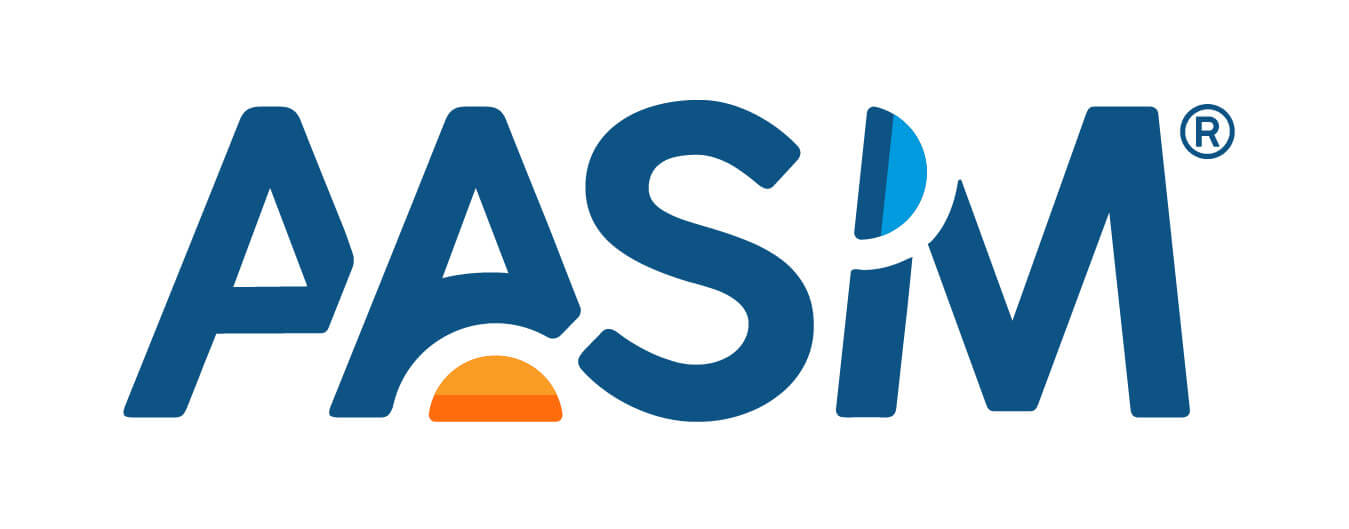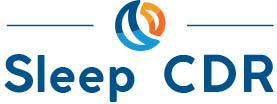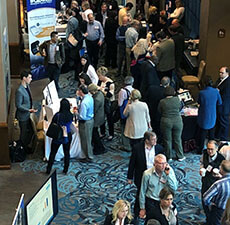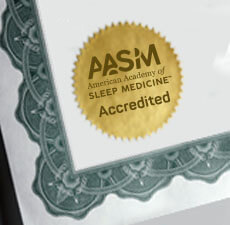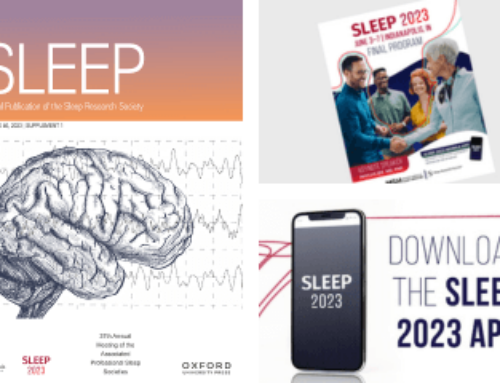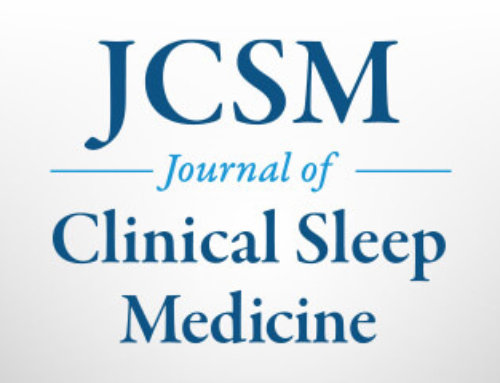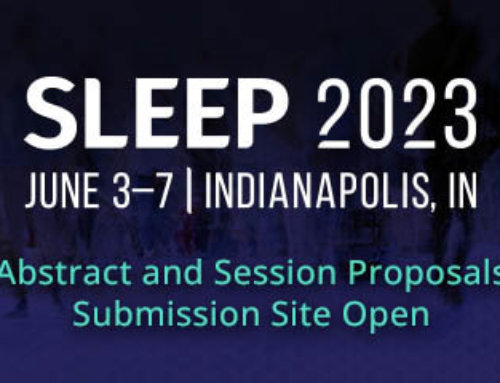EMBARGOED FOR RELEASE
June 9, 2008, at 12:01 a.m.
CONTACT:
Kathleen McCann
(708) 492-0930, ext. 9316
WESTCHESTER, Ill. – While disordered sleep has a negative effect on a student academically, the sleep variables affecting school performance are different by educational level, according to a research abstract that will be presented on Monday at SLEEP 2008, the 22nd Annual Meeting of the Associated Professional Sleep Societies (APSS).
The study, authored by James Pagel, MD, of the University of Colorado, focused on 98 junior high, 67 high school, and 64 college students.
“Disordered sleep has significant deleterious effects on school performance,” said Dr. Pagel. “The sleep complaints most likely to affect school performance change with age and educational status. Poorly performing junior high students are most likely to report restless legs at sleep onset. High school students reporting daytime sleepiness have the poorest levels of school performance. Low performing college students are significantly more likely to have trouble with sleep onset insomnia, complaining that they have more difficulty falling asleep than students with higher grade point averages.”
Restless legs syndrome (RLS) is when you have a strong urge to move your legs. This urge is very hard to resist. It often comes with other uneasy feelings deep inside the legs.
The urge to move the legs grows worse at night and eases in the morning. RLS makes it very hard for you to rest or go to sleep. People with severe RLS may get less than five hours of sleep each night. This total sleep time is lower than with almost any other sleep disorder. It can occur at any age, from early childhood to late adult life. RLS has an “early onset” when it starts before the age of 45.
It is recommended that adults get seven to eight hours of nightly sleep, adolescents nine hours, and school-aged children between 10-11 hours.
The American Academy of Sleep Medicine (AASM) offers the following tips on how to get a good night’s sleep:
· Follow a consistent bedtime routine.
· Establish a relaxing setting at bedtime.
· Get a full night’s sleep every night.
· Avoid foods or drinks that contain caffeine, as well as any medicine that has a stimulant, prior to bedtime.
· Do not stay up all hours of the night to “cram” for an exam, do homework, etc. If after-school activities are proving to be too time-consuming, consider cutting back on these activities.
· Keep computers and TVs out of the bedroom.
· Do not go to bed hungry, but don’t eat a big meal before bedtime either.
· Avoid any rigorous exercise within six hours of your bedtime.
· Make your bedroom quiet, dark and a little bit cool.
· Get up at the same time every morning.
Those who suspect that they might be suffering from RLS, or another sleep disorder, are encouraged to consult with their primary care physician or a sleep specialist.
The annual SLEEP meeting brings together an international body of 5,000 leading researchers and clinicians in the field of sleep medicine to present and discuss new findings and medical developments related to sleep and sleep disorders.
More than 1,150 research abstracts will be presented at the SLEEP meeting, a joint venture of the AASM and the Sleep Research Society. The three-and-a-half-day scientific meeting will bring to light new findings that enhance the understanding of the processes of sleep and aid the diagnosis and treatment of sleep disorders such as insomnia, narcolepsy and sleep apnea.
SleepEducation.com, a patient education Web site created by the AASM, provides information about various sleep disorders, the forms of treatment available, recent news on the topic of sleep, sleep studies that have been conducted and a listing of sleep facilities.
Abstract Title: Sleep Complaints Affecting School Performance at Different Educational Levels
Presentation Date: Monday, June 9
Category: Pediatrics
Abstract ID: 0199
